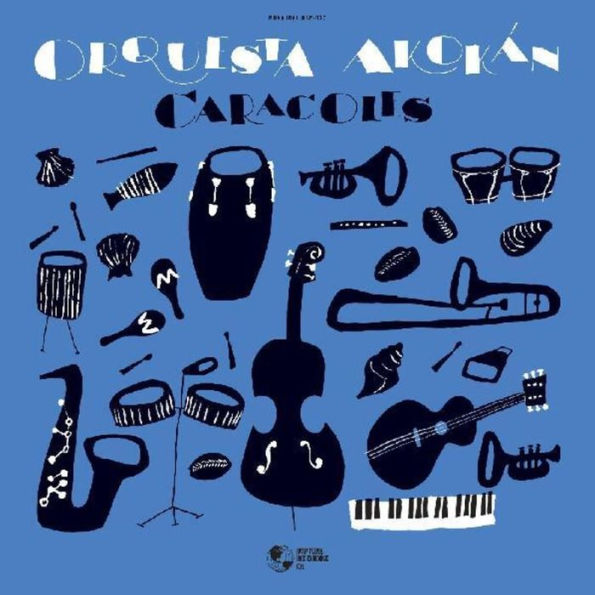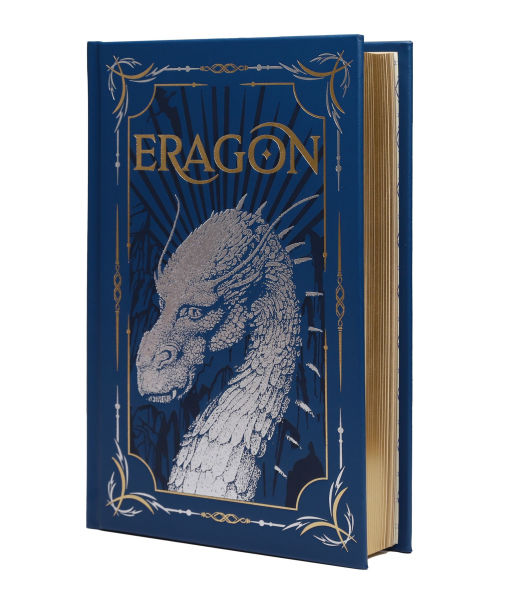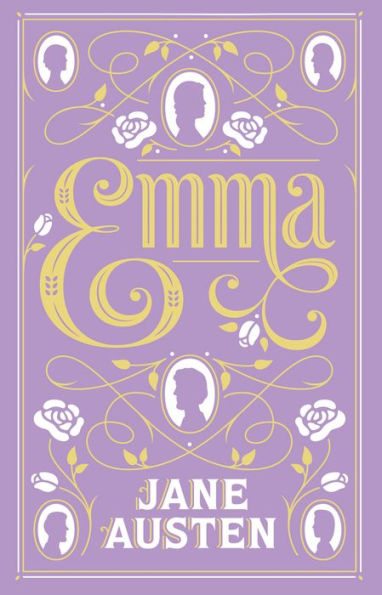Home
Caracoles
Barnes and Noble
Loading Inventory...
Caracoles in Franklin, TN
Current price: $13.59

Barnes and Noble
Caracoles in Franklin, TN
Current price: $13.59
Loading Inventory...
Size: CD
Cuba's
Orquesta Akokan
is one of the premier mambo bands of the 21st century. Led by producer/multi-instrumentalist
Jacob Plasse
and virtuosic pianist, composer, and arranger
Michael Eckroth
, their third album,
Caracoles
, goes farther than its predecessors. It moves mambo in progressive directions and embraces elements of son, guaguanco, rhumba, descarga, and modern Afro-Cuban salsa and jazz. The 18-piece band was recorded live from the floor at Havana's Abdala Producciones studios.
The Orquesta
collaborates with journeyman Cuban lyricist, singer, and composer
Kiko Ruiz
, who has worked with many illustrious bands. Groove and celebration are the twin drivers of
, evidenced by its gorgeous opener "Con Licencia." Seemingly a straight-ahead mambo, its gorgeous
Benny More
-esque melody, call-and-response vocals, and percussion carry a classic melody, and it transcends the form by grafting mind-boggling, striated horn charts in its bridge. The title track offers a dramatic intro that recalls the one in
Margarita Lecuona
's "Babalu." From there it struts, swings, and grooves with syncopated rhythms and vocals from
Ruiz
and a chorus. Cinematic in the extreme, it's replete with wonderful claves, conga, and baritone sax breakdowns. Colombian-born, New York-based bullerengue vocalist
Carolina Oliveros
(
Combo Chimbita
) joins
on "Cha-Cha-Cha," a killer mambo that wears
Pérez Prado
's influence on its sleeve. The interplay between singers is canny as piano montunos and drums frame the pair. The burning mambo-son fusion in "La Fiera" allows for intricate conversation between
, his singers, his percussionists, and the driving horn section. The show band sound of "Pregonero" weds mambo to swinging Caribbean rhythms as a bright, muted brass and a strident vocal chorus buoy
, who floats across the melodies with poetic grace. The rippling, percussive frontline in "Flor Di Mi Campo" hearkens back to mambo's beginnings with its gloriously infectious romantic dance music, even when it erupts into a furious chorus of congas,
Gaston Joya
's bass, horns, and voices in the final third. Closer "Dona Felipa" is a seriously uptempo groover of a mambo with alto saxophonist
Cesar Lopez
(ex-
Irakere
) in call-and-response with tenor sax players
Emir Santa Cruz Hernández
and
Jose Luis "Chewy" Hernández
and baritone saxophonist
Evaristo Denis
;
's percussion army soars above.
effectively resurrects an era from the early '50s to the mid-'60s when
More
,
Prado
, and
Machito
were the kings of Afro-Latin music, playing with New York groups and Cuba's orquestas gigantes.
aren't merely revivalists -- they create their own 21st century jazzy, polyrhythmic innovations, proving that mambo remains relevant musically, culturally, and spiritually. ~ Thom Jurek
Orquesta Akokan
is one of the premier mambo bands of the 21st century. Led by producer/multi-instrumentalist
Jacob Plasse
and virtuosic pianist, composer, and arranger
Michael Eckroth
, their third album,
Caracoles
, goes farther than its predecessors. It moves mambo in progressive directions and embraces elements of son, guaguanco, rhumba, descarga, and modern Afro-Cuban salsa and jazz. The 18-piece band was recorded live from the floor at Havana's Abdala Producciones studios.
The Orquesta
collaborates with journeyman Cuban lyricist, singer, and composer
Kiko Ruiz
, who has worked with many illustrious bands. Groove and celebration are the twin drivers of
, evidenced by its gorgeous opener "Con Licencia." Seemingly a straight-ahead mambo, its gorgeous
Benny More
-esque melody, call-and-response vocals, and percussion carry a classic melody, and it transcends the form by grafting mind-boggling, striated horn charts in its bridge. The title track offers a dramatic intro that recalls the one in
Margarita Lecuona
's "Babalu." From there it struts, swings, and grooves with syncopated rhythms and vocals from
Ruiz
and a chorus. Cinematic in the extreme, it's replete with wonderful claves, conga, and baritone sax breakdowns. Colombian-born, New York-based bullerengue vocalist
Carolina Oliveros
(
Combo Chimbita
) joins
on "Cha-Cha-Cha," a killer mambo that wears
Pérez Prado
's influence on its sleeve. The interplay between singers is canny as piano montunos and drums frame the pair. The burning mambo-son fusion in "La Fiera" allows for intricate conversation between
, his singers, his percussionists, and the driving horn section. The show band sound of "Pregonero" weds mambo to swinging Caribbean rhythms as a bright, muted brass and a strident vocal chorus buoy
, who floats across the melodies with poetic grace. The rippling, percussive frontline in "Flor Di Mi Campo" hearkens back to mambo's beginnings with its gloriously infectious romantic dance music, even when it erupts into a furious chorus of congas,
Gaston Joya
's bass, horns, and voices in the final third. Closer "Dona Felipa" is a seriously uptempo groover of a mambo with alto saxophonist
Cesar Lopez
(ex-
Irakere
) in call-and-response with tenor sax players
Emir Santa Cruz Hernández
and
Jose Luis "Chewy" Hernández
and baritone saxophonist
Evaristo Denis
;
's percussion army soars above.
effectively resurrects an era from the early '50s to the mid-'60s when
More
,
Prado
, and
Machito
were the kings of Afro-Latin music, playing with New York groups and Cuba's orquestas gigantes.
aren't merely revivalists -- they create their own 21st century jazzy, polyrhythmic innovations, proving that mambo remains relevant musically, culturally, and spiritually. ~ Thom Jurek
Cuba's
Orquesta Akokan
is one of the premier mambo bands of the 21st century. Led by producer/multi-instrumentalist
Jacob Plasse
and virtuosic pianist, composer, and arranger
Michael Eckroth
, their third album,
Caracoles
, goes farther than its predecessors. It moves mambo in progressive directions and embraces elements of son, guaguanco, rhumba, descarga, and modern Afro-Cuban salsa and jazz. The 18-piece band was recorded live from the floor at Havana's Abdala Producciones studios.
The Orquesta
collaborates with journeyman Cuban lyricist, singer, and composer
Kiko Ruiz
, who has worked with many illustrious bands. Groove and celebration are the twin drivers of
, evidenced by its gorgeous opener "Con Licencia." Seemingly a straight-ahead mambo, its gorgeous
Benny More
-esque melody, call-and-response vocals, and percussion carry a classic melody, and it transcends the form by grafting mind-boggling, striated horn charts in its bridge. The title track offers a dramatic intro that recalls the one in
Margarita Lecuona
's "Babalu." From there it struts, swings, and grooves with syncopated rhythms and vocals from
Ruiz
and a chorus. Cinematic in the extreme, it's replete with wonderful claves, conga, and baritone sax breakdowns. Colombian-born, New York-based bullerengue vocalist
Carolina Oliveros
(
Combo Chimbita
) joins
on "Cha-Cha-Cha," a killer mambo that wears
Pérez Prado
's influence on its sleeve. The interplay between singers is canny as piano montunos and drums frame the pair. The burning mambo-son fusion in "La Fiera" allows for intricate conversation between
, his singers, his percussionists, and the driving horn section. The show band sound of "Pregonero" weds mambo to swinging Caribbean rhythms as a bright, muted brass and a strident vocal chorus buoy
, who floats across the melodies with poetic grace. The rippling, percussive frontline in "Flor Di Mi Campo" hearkens back to mambo's beginnings with its gloriously infectious romantic dance music, even when it erupts into a furious chorus of congas,
Gaston Joya
's bass, horns, and voices in the final third. Closer "Dona Felipa" is a seriously uptempo groover of a mambo with alto saxophonist
Cesar Lopez
(ex-
Irakere
) in call-and-response with tenor sax players
Emir Santa Cruz Hernández
and
Jose Luis "Chewy" Hernández
and baritone saxophonist
Evaristo Denis
;
's percussion army soars above.
effectively resurrects an era from the early '50s to the mid-'60s when
More
,
Prado
, and
Machito
were the kings of Afro-Latin music, playing with New York groups and Cuba's orquestas gigantes.
aren't merely revivalists -- they create their own 21st century jazzy, polyrhythmic innovations, proving that mambo remains relevant musically, culturally, and spiritually. ~ Thom Jurek
Orquesta Akokan
is one of the premier mambo bands of the 21st century. Led by producer/multi-instrumentalist
Jacob Plasse
and virtuosic pianist, composer, and arranger
Michael Eckroth
, their third album,
Caracoles
, goes farther than its predecessors. It moves mambo in progressive directions and embraces elements of son, guaguanco, rhumba, descarga, and modern Afro-Cuban salsa and jazz. The 18-piece band was recorded live from the floor at Havana's Abdala Producciones studios.
The Orquesta
collaborates with journeyman Cuban lyricist, singer, and composer
Kiko Ruiz
, who has worked with many illustrious bands. Groove and celebration are the twin drivers of
, evidenced by its gorgeous opener "Con Licencia." Seemingly a straight-ahead mambo, its gorgeous
Benny More
-esque melody, call-and-response vocals, and percussion carry a classic melody, and it transcends the form by grafting mind-boggling, striated horn charts in its bridge. The title track offers a dramatic intro that recalls the one in
Margarita Lecuona
's "Babalu." From there it struts, swings, and grooves with syncopated rhythms and vocals from
Ruiz
and a chorus. Cinematic in the extreme, it's replete with wonderful claves, conga, and baritone sax breakdowns. Colombian-born, New York-based bullerengue vocalist
Carolina Oliveros
(
Combo Chimbita
) joins
on "Cha-Cha-Cha," a killer mambo that wears
Pérez Prado
's influence on its sleeve. The interplay between singers is canny as piano montunos and drums frame the pair. The burning mambo-son fusion in "La Fiera" allows for intricate conversation between
, his singers, his percussionists, and the driving horn section. The show band sound of "Pregonero" weds mambo to swinging Caribbean rhythms as a bright, muted brass and a strident vocal chorus buoy
, who floats across the melodies with poetic grace. The rippling, percussive frontline in "Flor Di Mi Campo" hearkens back to mambo's beginnings with its gloriously infectious romantic dance music, even when it erupts into a furious chorus of congas,
Gaston Joya
's bass, horns, and voices in the final third. Closer "Dona Felipa" is a seriously uptempo groover of a mambo with alto saxophonist
Cesar Lopez
(ex-
Irakere
) in call-and-response with tenor sax players
Emir Santa Cruz Hernández
and
Jose Luis "Chewy" Hernández
and baritone saxophonist
Evaristo Denis
;
's percussion army soars above.
effectively resurrects an era from the early '50s to the mid-'60s when
More
,
Prado
, and
Machito
were the kings of Afro-Latin music, playing with New York groups and Cuba's orquestas gigantes.
aren't merely revivalists -- they create their own 21st century jazzy, polyrhythmic innovations, proving that mambo remains relevant musically, culturally, and spiritually. ~ Thom Jurek
![Wonderland [Barnes & Noble Exclusive]](https://prodimage.images-bn.com/pimages/0602557155105_p0_v4_s600x595.jpg)



![Wellspring [Barnes & Noble Exclusive]](https://prodimage.images-bn.com/pimages/0884501047746_p0_v1_s600x595.jpg)
![C'mon [Barnes & Noble Exclusive]](https://prodimage.images-bn.com/pimages/0751937362326_p0_v1_s600x595.jpg)
![Zaz [Barnes & Noble Exclusive]](https://prodimage.images-bn.com/pimages/0886977447327_p0_v1_s600x595.jpg)
![Parallel [Barnes & Noble Exclusive]](https://prodimage.images-bn.com/pimages/4050538947892_p0_v1_s600x595.jpg)
![Shadowland [Barnes & Noble Exclusive]](https://prodimage.images-bn.com/pimages/0093624920434_p0_v2_s600x595.jpg)

![Last Bell [Barnes & Noble Exclusive]](https://prodimage.images-bn.com/pimages/0198704145698_p0_v1_s600x595.jpg)






